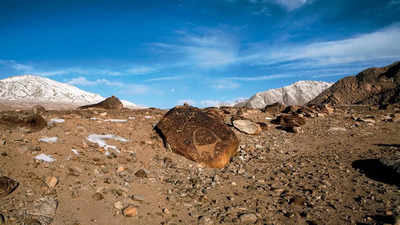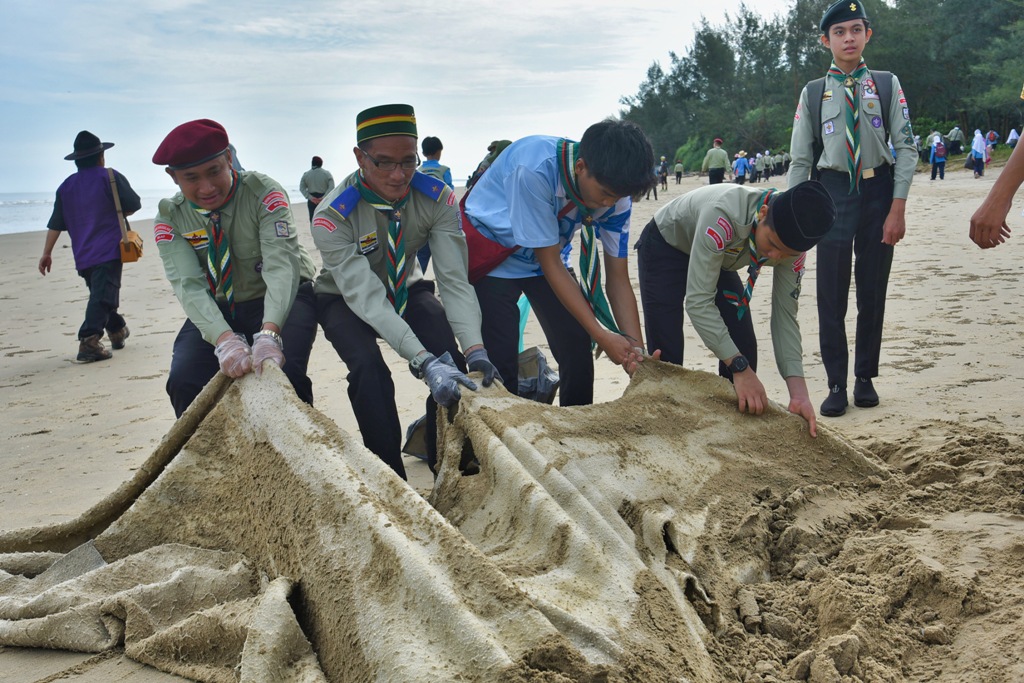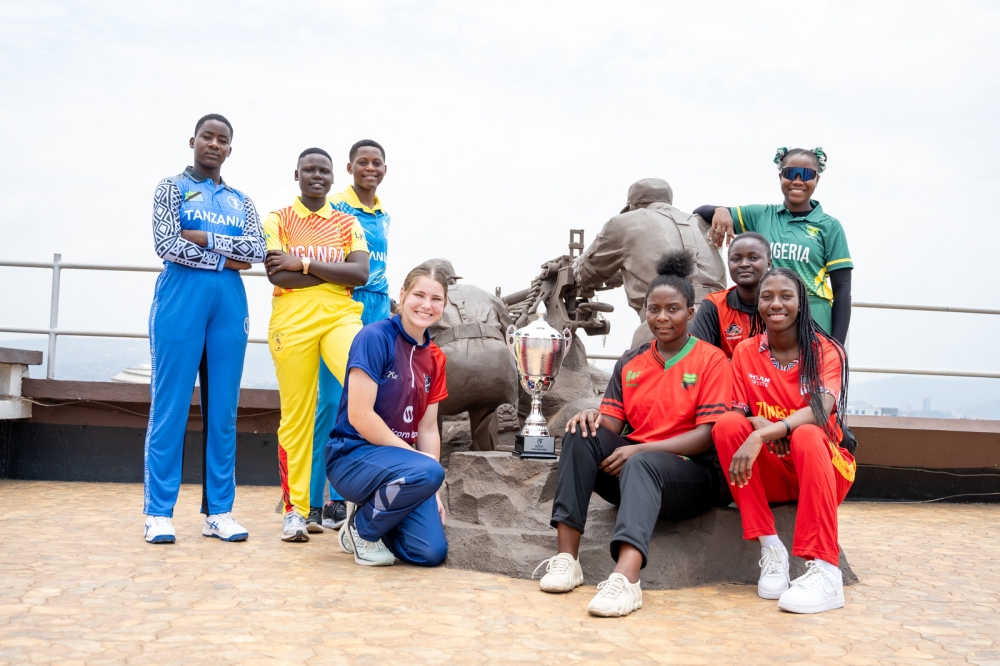Ahtushi Deshpande is no stranger to the stunning trans Himalayan moonscape of Ladakh . As a solo trekker, she has traversed the landscape swept by broad brushstrokes of browns, beige, purple, white and turquoise several times. And revelled in its utter solitude and surprising finds.
None of it, however, prepared the writer and photographer for the spectacle at Kawathang , 100 km from Leh where, standing out against the dark patina of worn rocks were etchings — beautiful, spare, mysterious and abstract. Especially intriguing were the delicate hand impressions, elongated fingers stretching upward. What were they trying to say across at least 5,000 years? Did they mark a tribe, an identity, or were they a sign of welcome? In an obsessive quest over 13 years and 18 journeys, Deshpande has documented more than 200 such sites across Ladakh.

They can be found along the riverine stretch of the Indus which runs for 400 km through Ladakh as well as along ancient trails. Some are simply parked in the middle of nowhere on vast desertic stony flats. It is a formidable project — the terrain is inhospitable and mind-bogglingly vast and temperatures can drop to minus 40 degrees C in winters while summers stay bone dry.
But the etchings and the stories they tell, says the 55-year-old, were irresistible. “They are big outdoor museums of rock art , all done in situ, on the toughest and most ungiving canvas there can be. It made me realise that we have forgotten how hardy and resilient we can be as a human race,” she says.
Some petroglyphs , as etched rocks are called, are known, some are hidden, and some simply a part of the mountain landscape that shepherds pass without a second look. There are hunting scenes on these rocks, rites of passage, scenes from community life, celebratory dancing and, of course, animals, most notably the ibex, a wild goat with dramatically arched horns. These densely engraved spare stick figures, which show great artistry, sophistication and imagination, have been captured in a stunningly illustrated book by Deshpande titled, ‘Speaking Stones: Rock Art of Ladakh’.
There is an urgency to the work. Unlike cave art, which is still protected by its shelter dwelling, Ladakh’s petroglyphs stand open to the elements, and vulnerable to human interference. “Even in the 13 years I have travelled, I have seen rocks disappear, either into the waters or felled for road construction or painted over by graffiti or signage,” says Deshpande, stressing the need to preserve these ‘ancient canvases’.
“The entire stretch along the Zanskar river along the Nimu to Chilling belt disappeared before my eyes in 2015 and many others have gone since.” There are two journeys subsumed in Deshpande’s quest: one through the rarified air of Ladakh and the other through the fragility of life itself. She is a three-time breast cancer survivor, and the disease arrived four years after her Ladakh quest began.
But she would rather not let what she calls “an errant cell” overcome the narrative on her book. “Cancer divides your life into two — the one before and the one after diagnosis. But Ladakh gave me the purpose to keep going instead of allowing the fear to overwhelm me.
I am alive today and that is all that counts,” she says, and this is a philosophy that also defines her work with cancer support groups. The earliest explorations of the petroglyphs began in 1905 with archaeologist August Hermann Francke but it was not until the 1980s, when access to the region became easier, that more research was undertaken. The most extensive academic work on the area was done by Martin Vernier, Laurianne Bruneau and Quentin Devers over the last 20 years.
But the reason Deshpande’s work is pioneering is because it documents the complexities of rock art in an accessible manner, bringing together elements of anthropology, history and travel. It was fellow explorer and social anthropologist Viraf Mehta who introduced Deshpande to Ladakh’s petroglyphs and to Ldawa Thsangspa, a conservationist of this rock art in the region. Between them, they offered her the foundational pointers for her works, maps, books and research papers.
But from then on it was a lonely journey, with the indispensable driver and an equally enthusiastic collaborator, Jigmet Dorjey. With no GPS markings, finding a site, even with a broad idea of its location, in Ladakh’s remote and monumental wastelands is unimaginably hard, says Deshpande. “It is a fragile ecosystem; the light can fade any time and you are up on a thang (large stretches of barren land) with no idea which way to turn – go around a mountain, or go up, walk around a river, turn left or right.
Sometimes it is hard to even find a site you have visited. You have to bank on mental mapping. There are days when I have returned after a whole day of climbing and exploring with nothing in hand.
” Ahtushi compares the finding of a piece of rock art to the joy of watching a negative slowly take form in her photographer father’s darkroom as a child. “The patina on the rock is highly reflective, revealing the art only from specific angles at times,” she says. The immense and striking piece of rock art that the photographer refers to as the ‘Stone Temple’ of Skindisa stands at the far end of an uninhabited site in Nubra valley.
Reaching it involved a challenging hike into the wilderness. “We found it at the fag end of the valley, with no path to it,” she recalls. In the early years of her work, when Ladakh was not quite the travel hotspot it is now, there were few hotels or known homestays.
She opted to travel in winters to keep her costs low and in far interiors, she would knock at the only available door and seek shelter and was never denied. There were many undocumented etched rocks that Deshpande stumbled on and documented but she is not interested in being credited as their “finder”. “These are works of art a shepherd probably crosses several times every day.
Why would I want to claim to have discovered them,” she says. For her it is enough to offer readers a curated open-air museum through her visuals. Her photos travel to Paris this fall for an exhibition at the Médiathèque Edmond Rostand, where they will be displayed for two months.
.



















